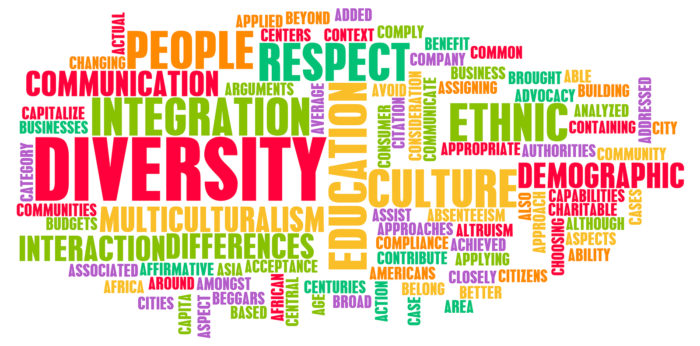Diversity is a well-known challenge facing shipping industry today. Most operators are aware that embracing diversity is of high importance, yet many don’t realise that their workforce isn’t as diverse as it could be. Besides, maritime is well known for being “traditional” and slow to change. Here is a short guide on leveraging diversity without getting wrong in setting diversity goals.
Step #1: Stop trying to solve diversity challenges overnight
[smlsubform prepend=”GET THE SAFETY4SEA IN YOUR INBOX!” showname=false emailtxt=”” emailholder=”Enter your email address” showsubmit=true submittxt=”Submit” jsthanks=false thankyou=”Thank you for subscribing to our mailing list”]
Although the phrases “I encourage diversity; I force diversity,” have been heard a lot recently in our industry, the gap between words and actions is the tough truth though. What we miss therefore is a plan. It goes without saying that stakeholders cannot solve all problems at the same time. However, they can begin to consider all, whilst dealing with one of them.
Step #2: Come to grips with the 3 dimensions of diversity
These are:
- Demographic diversity referring to gender, race, sexual orientation, etc.;
- Cognitive diversity in terms of how we think, resolve problems and/or master challenges;
- Experiential diversity referring to our abilities, passion, affinities, etc.
Step #3: Change perspective
Adopt at least one of the 2 major perspectives in managing diversity
- Focus on patterns of local interaction as the basis for coordination and collective action;
- Focus on the bridges across global divisions as the basis for information transfer and training.
Step #4: Focus on a diversity strategy
Develop a strategy for managing diversity by:
- Mapping the attitudes to workplace diversity;
- Seeking out the most important strategies to enhance workplace diversity;
- Identifying the most frequently encountered barriers for accepting workplace diversity;
- Identifying strategies to increase inclusiveness;
- Seeking out ways to increase awareness about workplace diversity.
Step #5: Have in mind that diversity is not an end in itself
Although diversity is about understanding, accepting, and valuing differences between people of different races, ethnicities, genders, ages, religions, disabilities, sexual orientations, different education, personalities, skill sets, experiences etc., inclusion is important which means to include strategies to support leaders manage a diverse workforce and embed a social integration mindset into the organizational culture.






























































